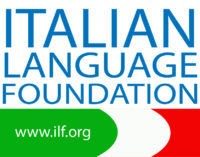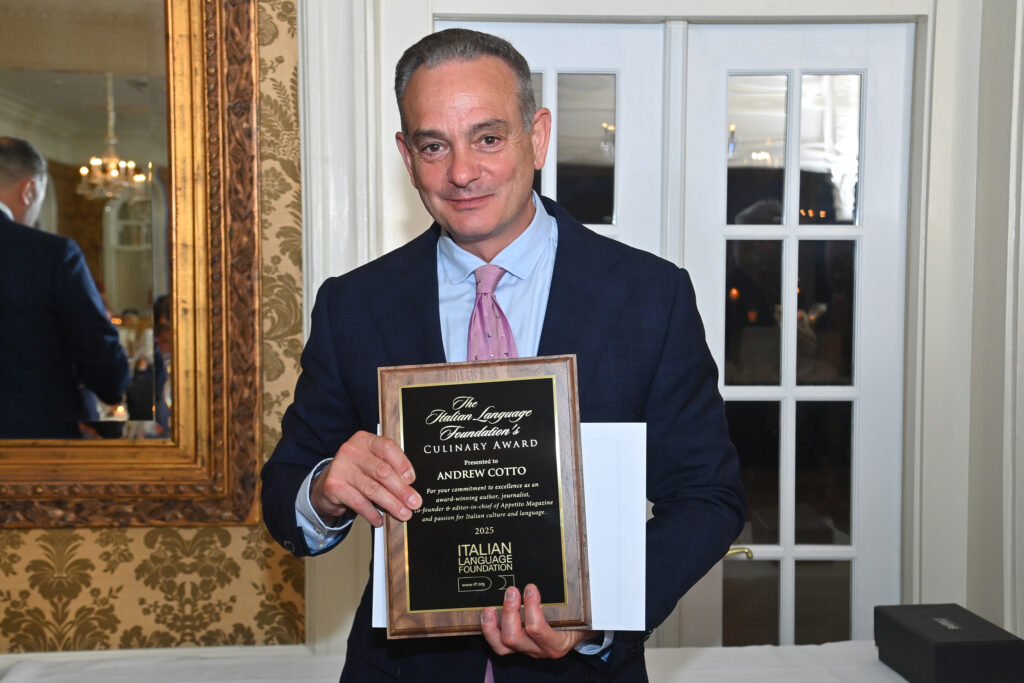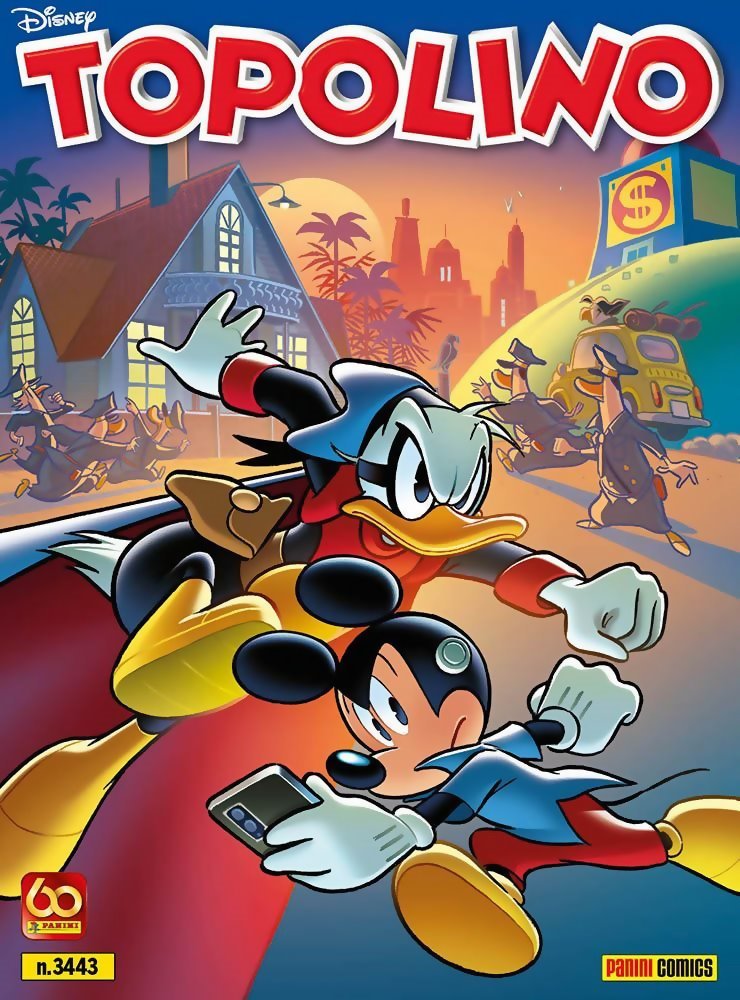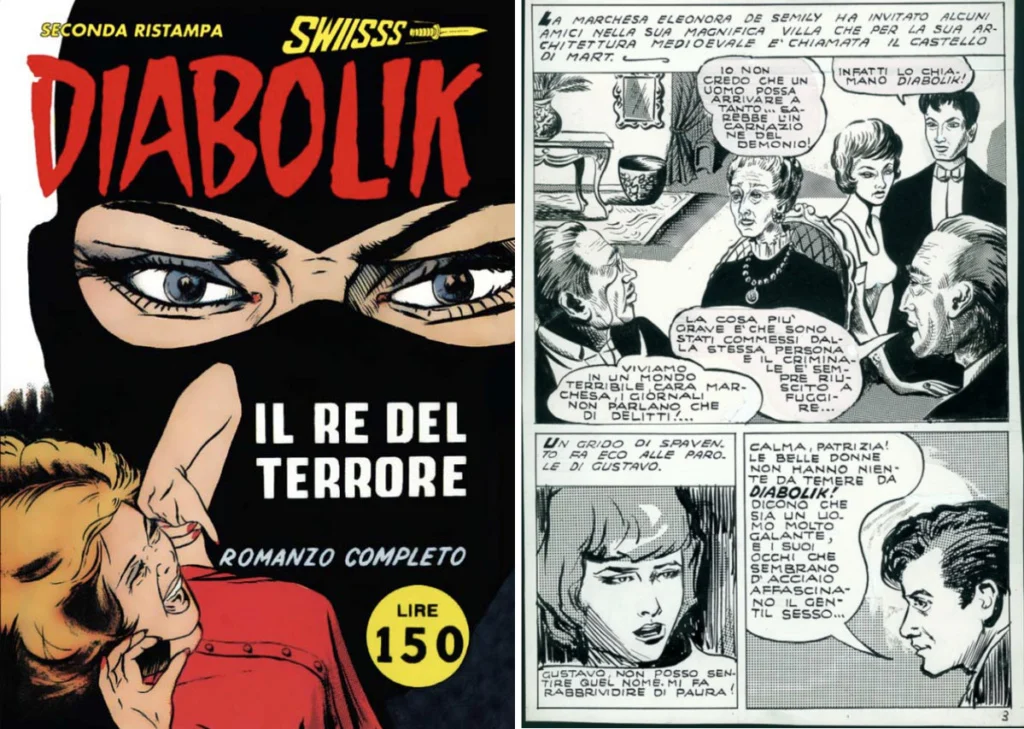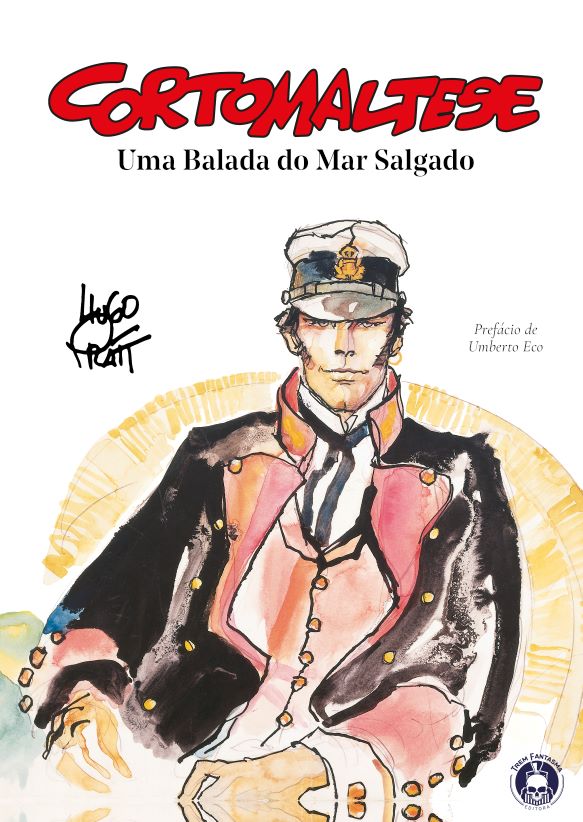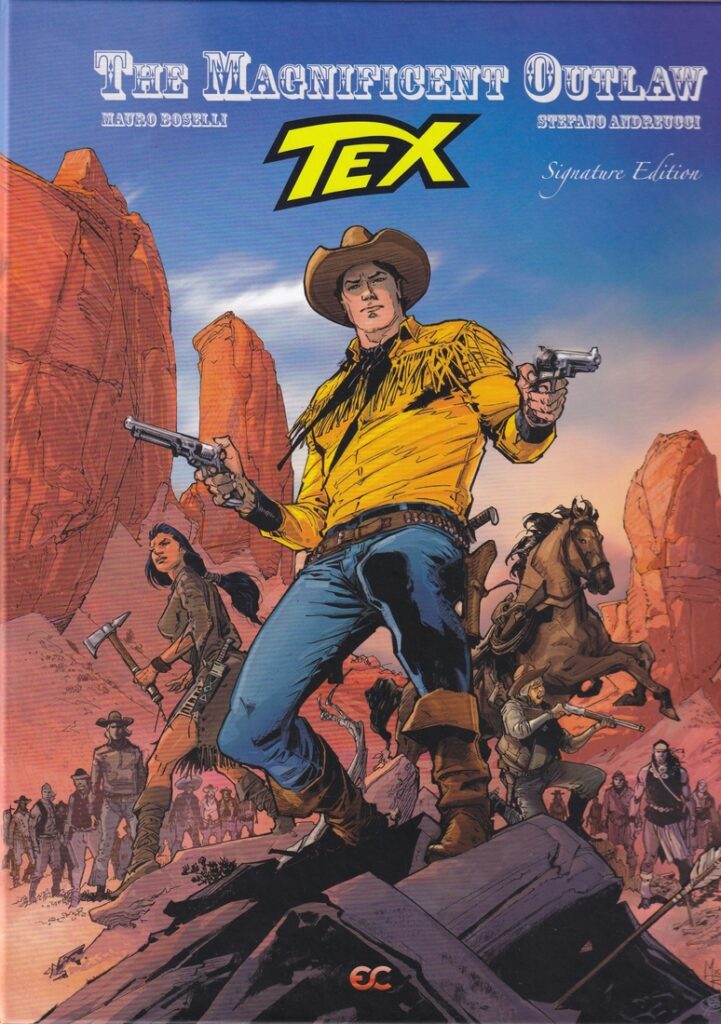By Argia Coppola
Beauty is not decoration—it’s a structure, a way to see and shape the world. Italian is the language of that beauty. It carries centuries of music, art, poetry, cinema, design, and everyday life. And even in the fast, digital age, it still speaks to something essential: the connection between imagination and reality.
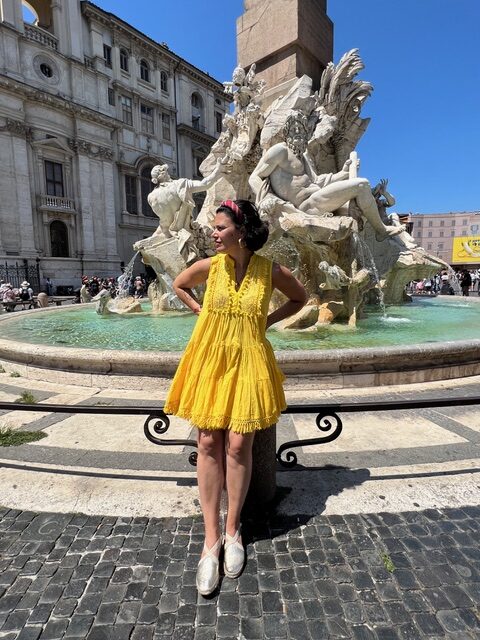
My teaching method was born from the arts—especially playwriting, poetry, and the language of film. I use these tools to help students feel Italian, not just study it. When they read Fellini’s images or speak words that once belonged to operas or political revolutions, they begin to understand how language shapes identity. Italian becomes something they can live inside.

Today, Italian still creates value. The phrase Made in Italy means more than location. It means quality, originality, and care. Even in America, we see how Italian thinking influences cuisine, fashion, journalism, education, engineering, and more. When someone learns the language, they’re not just learning words—they’re stepping into a network of meaning that stretches across industries.
Reading a book or a newspaper in Italian won’t save the world. But it might expand the possibilities that we—and the world—still can.
Argia Coppola, PhD in Theater and Playwriting, offers private, group, and remote courses in Italian language and culture through poetry, cinema, and the arts – www.argiacoppola.org.
